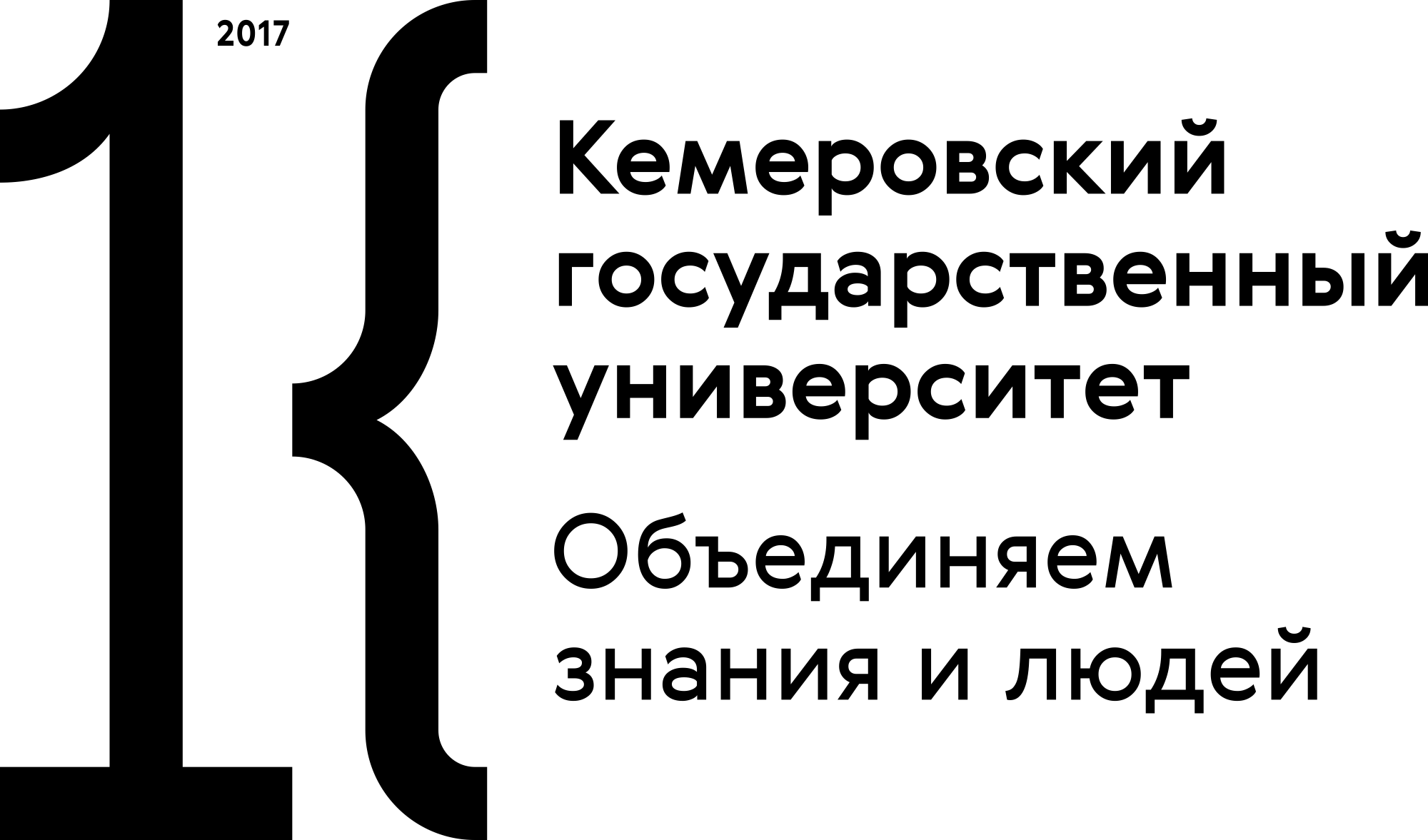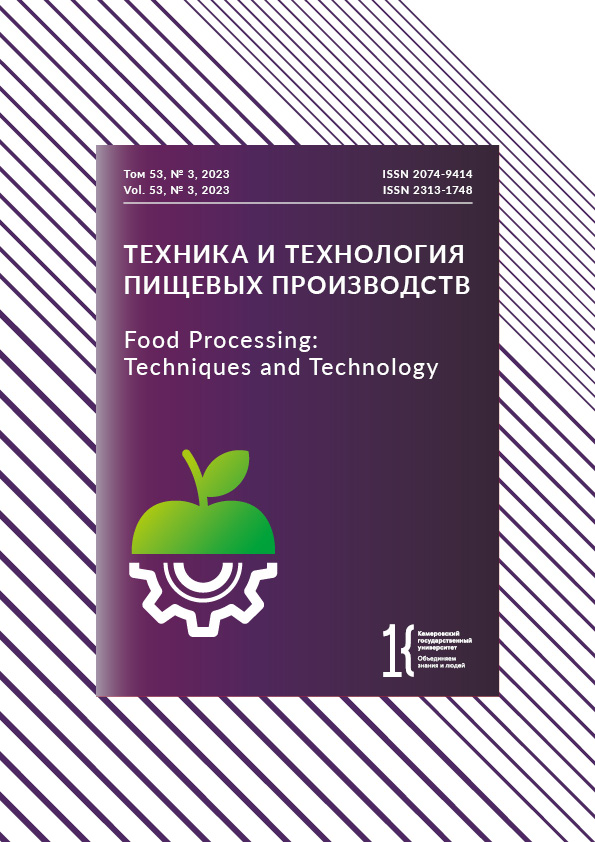Moscow, Russian Federation
Moscow, Russian Federation
Moscow, Moscow, Russian Federation
Moscow, Russian Federation
Moscow, Russian Federation
Moscow, Russian Federation
Tomatoes (Solanum lycopersicum L.) are one of the most popular vegetables in the world. These days, Russian consumers prefer tomatoes labeled as organic. However, the agricultural industry often lacks instrumental methods to confirm the organic status of tomatoes. Isotope mass spectrometry is a promising method that can detect tomatoes that fail to meet organic standards. Isotopic values of total nitrogen and total carbon can be used to identify tomatoes as those grown on the field or as those cultivated in greenhouses enriched with carbon dioxide. The research featured 16 samples of tomatoes, 14 of which were purchased in Russian retail chains. Two samples were grown on the field without chemical fertilizers. The composition of stable carbon and nitrogen isotopes in the samples was determined using an IRMS Delta V Advantage isotope mass spectrometer with additional auxiliary modules. In the greenhouse tomatoes, δ13C values ranged from –44 to –32‰. In the samples obtained from a conventional greenhouse, δ13C values ranged from –30 to –24‰. Six samples proved to have been grown in artificial carbon dioxide atmosphere. Three samples demonstrated borderline values of δ13C and δ15N; they were impossible to identify as organic or conventional, both in terms of artificial carbon dioxide and fertilizers. Isotope mass spectrometry proved to be efficient in detecting falsified organic products. Tomatoes grown with carbon dioxide enrichment had lower isotope values of total carbon than organic tomatoes. The obtained values also made it possible to tell between organic and chemical fertilizers.
Tomatoes, isotope mass spectrometry, isotopes of carbon, oxygen, hydrogen, identification, place of origin, falsification, plant cultivation
1. Survey of the global tomato market [Internet]. [cited 2023 Feb 10]. Available from: https://fruitnews.ru/home/category/analitika/obzor-mirovogo-rynka-tomatov.html
2. Regions in Russia that grow tomatoes on an industrial scale [Internet]. [cited 2023 Feb 10]. Available from: https://agroklassiksnab.ru/kultivirovanie/gde-v-rossii-vyrashhivayut-pomidory-v-promyshlennyh-masshtabah
3. Comparative survey of conventional and organic farming [Internet]. [cited 2023 Feb 10]. Available from: https://www.greencross.by/ru/SG-sposoby-vedenija-selskogo-hozjajstva
4. Organic vs. natural products: What's the difference? [Internet]. [cited 2023 Feb 10]. Available from: https://plus-one.ru/manual/2022/03/24/organicheskie-i-naturalnye-produkty-v-chem-raznica
5. Puig R, Soler A, Widory D, Mas-Pla J, Domenech C, Otero N. Characterizing sources and natural attenuation of nitrate contamination in the Baix Ter aquifer system (NE Spain) using a multi-isotope approach. Science of the Total Environment. 2017;580:518-532. https://doi.org/10.1016/j.scitotenv.2016.11.206
6. Oganesyants LA, Panasyuk AL, Kuzmina EI, Ganin MYu. Isotopes of carbon, oxygen, and hydrogen ethanol in fruit wines. Food Processing: Techniques and Technology. 2020;50(4):717-725. (In Russ.). https://doi.org/10.21603/2074-9414-2020-4-717-725
7. Kuzmina EI, Ganin MYu, Sviridov DA, Egorova OS, Shilkin AA, Akbulatova DR. Using modern instrumental methods for coffee identification. Food Systems. 2022;5(1):30-40. (In Russ.). https://doi.org/10.21323/2618-9771-2022-5-1-30-40
8. Oganesyants LA, Panasyuk AL, Kuz'mina EI, Sviridov DA, Ganin MYu. Modern methods for vegetable oils from various raw materials identification. Food Industry. 2021;(12):56-59. (In Russ.). https://doi.org/10.52653/PPI.2021.12.12.010
9. Snyder KA, Robinson SA, Schmidt S, Hultine KR. Stable isotope approaches and opportunities for improving plant conservation. Conservation Physiology. 2022;10;(1). https://doi.org/10.1093/conphys/coac056
10. McNicol G, Yu Z, Berry ZC, Emery N, Soper FM, Yang WH. Tracing plant-environment interactions from organismal to planetary scales using stable isotopes: A mini review. Emerging Topics in Life Sciences. 2021;5(2):301-316. https://doi.org/10.1042/ETLS20200277
11. Liu H, Nie J, Liu Y, Wadood SA, Rogers KM, Yuan Y, et al. A review of recent compound-specific isotope analysis studies applied to food authentication. Food Chemistry. 2023;415. https://doi.org/10.1016/j.foodchem.2023.135791
12. Ehleringer JR, Chesson LA, Valenzuela LO, Tipple BJ, Martinelli LA. Stable isotopes trace the truth: From adulterated foods to crime scenes. Elements. 2015;11(4):259-264. https://doi.org/10.2113/gselements.11.4.259
13. Christopher B, Oliver K. EA-IRMS: Detecting organic grown vegetables [Internet]. [cited 2023 Feb 10]. Available from: https://tools.thermofisher.com/content/sfs/brochures/AB-30399-IRMS-Organic-Vegetables-AB30399-EN.pdf
14. Laursen KH, Mihailova A, Kelly SD, Epov VN, Bérail S, Schjoerring JK, et al. Is it really organic? - Multi-isotopic analysis as a tool to discriminate between organic and conventional plants. Food Chemistry. 2013;141(3):2812-2820. https://doi.org/10.1016/j.foodchem.2013.05.068
15. Schmidt H-L, Robins RJ, Werner RA. Multi-factorial in vivo stable isotope fractionation: Causes, correlations, consequences and applications. Isotopes in Environmental and Health Studies. 2015;51(1):155-199. https://doi.org/10.1080/10256016.2015.1014355
16. Bateman AS, Kelly SD, Woolfe M. Nitrogen isotope composition of organically and conventionally grown crops. Journal of Agricultural and Food Chemistry. 2007;55(7):2664-2670. https://doi.org/10.1021/jf0627726
17. Verenitch S, Mazumder A. Isotopic characterization as a screening tool in authentication of organic produce commercially available in western North America. Isotopes in Environmental and Health Studies. 2015;51(2):332-343. https://doi.org/10.1080/10256016.2015.997723
18. Choi W-J, Ro H-M, Hobbie EA. Patterns of natural 15N in soils and plants from chemically and organically fertilized uplands. Soil Biology and Biochemistry. 2003;35(11):1493-1500. https://doi.org/10.1016/s0038-0717(03)00246-3
19. Verenitch S, Mazumder A. Carbon and nitrogen isotopic signatures and nitrogen profile to identify adulteration in organic fertilizers. Journal of Agricultural and Food Chemistry. 2012;60(34):8278-8285. https://doi.org/10.1021/jf302938s
20. Farquhar GD, O’Leary MH, Berry JA. On the relationship between carbon isotope discrimination and the intercellular carbon dioxide concentration in leaves. Australian Journal of Plant Physiology. 1982;9(2):121-137. https://doi.org/10.1071/pp9820121
21. Saurer M, Fuhrer J, Siegenthaler U. Influence of ozone on the stable carbon isotope composition, δ13C, of leaves and grain of spring wheat (Triticum aestivum L.). Plant Physiology. 1991;97(1):313-316. https://doi.org/10.1104/pp.97.1.313
22. Trandel MA, Vigardt A, Walters SA, Lefticariu M, Kinsel M. Nitrogen isotope composition, nitrogen amount, and fruit yield of tomato plants affected by the soil-fertilizer types. ACS Omega. 2018;3(6):6419-6426. https://doi.org/10.1021/acsomega.8b00296
23. Afanasev RA, Nosikov VV, Litvinskiy VA, Voronchiihina IN. Oat productivity formation under radioactive pollution soddy-podzolic soil. Plodorodie. 2019;109(4):26-29. (In Russ.). https://doi.org/10.25680/S19948603.2019.109.09
24. Litvinskiy VA, Nosikov VV, Sushkova LO, Grishina EA. The possibility of using of the stable isotopes of sulphur and nitrogen as a criteria allowing to identify the nutrients at organic farming. Agrochemical Herald. 2019;(6):79-82. (In Russ.). https://doi.org/10.24411/0235-2516-2019-10096











